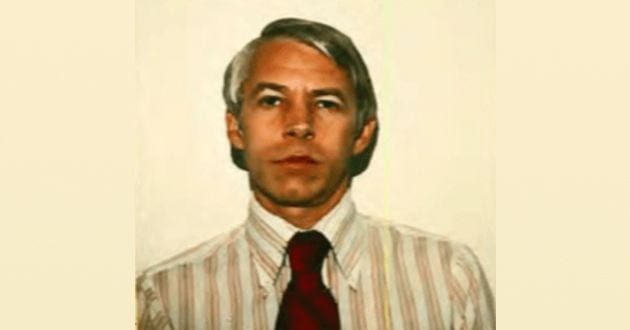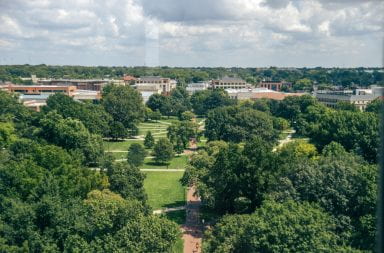Soda cans, rusted metal and drywall. These everyday items turn into works of art at the hands of seven artists this summer at The Columbus Museum of Art. Through Aug. 31, the museum will be sponsoring “African Influences in Contemporary Art: Artists of the Kwanzaa Playground.” This collaborative effort between the museum and Drs. Vesta Daniel and Jacqueline Chanda of the Ohio State Department of Art Education, showcases the work of seven local artists who worked together on the Kwanzaa playground, which is located in Columbus’ Olde Town East neighborhood.”It’s a community celebration because it takes a look at the playground and celebrates African artists,” said Susan Poling, marketing and public relations manager for the museum.Along with Chanda and Daniel, Dr. Annegreth Nill, the museum’s curator of 20th century and contemporary art, also worked on the exhibit, Poling said. It does not include actual pieces from the Kwanzaa playground. Instead, the works featured are original pieces from the artists’ own collections.One of the many focuses of the exhibition is to offer a basis of comparison between traditional African works of art and the more modern works of the selected artists.”I think that artists are giving it their own ’90s feel,” Poling said. “They incorporate ’90s colors and offer a more contemporary look at traditional African art.”Included with the artists’ own work are samples of older African art that were donated for the exhibit by various museums and private collectors.Andrew Scott, one of the seven playground artists, features a series of metal stools as well as a sculpture made from steel and glass in his exhibit. These stools are a more modern interpretation of the blackened stools of Ghana, according to a museum statement. Queen E. Brooks uses wood burning and other African techniques in her work while Pheoris West’s paintings reflect African traditions.”There’s an effort to contextualize the work of contemporary 20th century artists and place it in the framework of traditional African art,” Scott said.The exhibit is arranged in a series of rooms, each featuring a different artist’s work. Pieces are placed on the floors, walls and in enclosed cases. In the first room is the pottery of Bill Agnew, followed by the totems of Barbara Chavous. Larry Winston Collins’ colorful and multi-media sculptures and paintings occupy both wall and floor space. Spanning another wall is LaVerne Brown’s seven-panel symbolic storyboard, as well as a twelve-panel composition created on drywall called “The Queen’s Door.” The work shown in the exhibit is representative of a diverse group of artistic backgrounds and educations. Of the seven artists, four have Master’s degrees, one studied art at OSU and the Columbus College of Art and Design and two are self-taught artists.”You have seven voices in there that work collectively and individually,” Scott said. “They are sophisticated works that have resonance on many levels.”Another recent addition to the museum’s schedule of events, and an opportunity to see the Artists of the Kwanzaa Playground exhibit, are First Thursdays. On the first Thursday of each month, the museum hosts a gathering between 5:30 p.m. and 8:30 p.m. with live music and drinks. During this time all exhibits are open to the public, admission is free for members and $2 for non-members. There will be no First Thursday for July, they will resume on Aug. 7.


